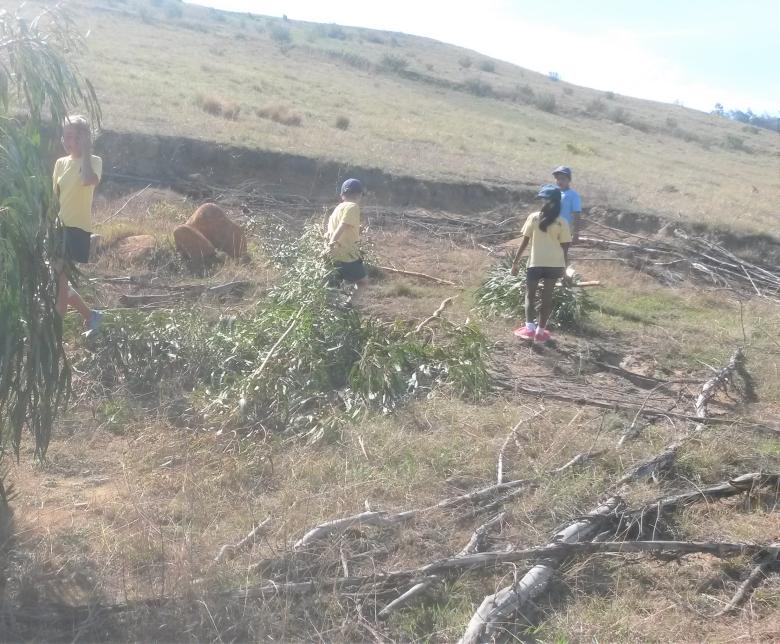Lack of facilities geared for education FOR biodiversity and outdoor education in protected areas was identified by Treverton, a private education institution, as something to be developed. The Treverton Wildlife Area (TWA) was created as an education resource for protecting a threatened biome. In 1999 negotiations were conducted between the local Agricultural Association and the provincial conservation parastatal organisation for the area, which was previously managed as a cattle farm, to be converted into a conservation biodiversity protected site. After notification to the learners at Treverton and the Department of Education was given, age related programmes were initiated. Learners from Treverton as well as surrounding schools now conduct projects and outdoor education activities either teacher driven or self-motivated under guidance. Education FOR biodiversity and outdoor opportunities are achieved with financial contributions and management.


